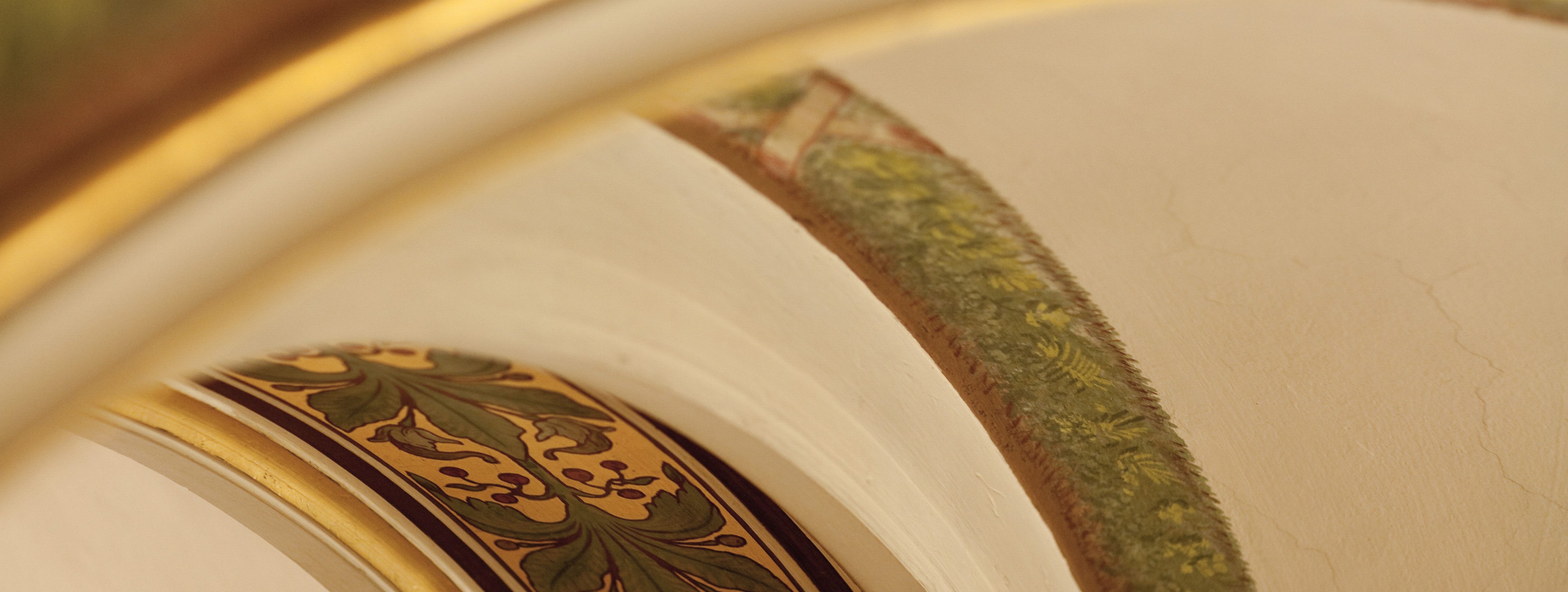
Roméo et
Juliette
Storyline
Roméo, a member of the Montaigus family, who are enemies of the Capulets, secretly attends a Capulet party in disguise.
There he meets Juliette, the daughter of the house, and falls in love with her. In the garden, under Juliette's balcony, he confesses his love to her, which she reciprocates. They decide to get married. Father Laurent performs the secret wedding ceremony in the hope of reconciling the two families. But shortly afterwards, another quarrel breaks out on the streets of Verona. Juliette's cousin Tybalt challenges Roméo to a fight, which he initially refuses to accept.

But when Tybalt fatally injures Roméo's relative and friend Mercutio, he also takes up arms and stabs Tybalt. He is then banished by the Prince of Verona. Roméo secretly visits Juliette once again to say goodbye to her. The next morning, in the presence of Father Laurent, Capulet announces to his daughter that she must marry Paris. But Father Laurent gives her a sleeping potion, which puts her into a state of suspended animation.

During the wedding celebrations, Juliette collapses and is then buried in the family vault. However, the news that it is only an apparent death does not reach Roméo. Believing Juliette to be dead, he enters the Capulets' tomb and takes poison. Juliette wakes up with the dying Roméo at her side. When she realizes what has happened, she sees herself.
For once, deliberately not a stage set, but a light architecture: highly complex, overwhelming and constantly changing. It was no coincidence that the Vienna State Opera chose this path of scenic realization for Gounod's Roméo et Juliette . Gounod's lyrical narrative style of the famous Shakespearean material, his focus on the emotional introspection of the actors, coincided with the idea of a light-supported translation of the score into the visual. In this way, all the feelings depicted in the music and every situational atmospheric change are made tangible in an unusual way.
The composer, who described the work as a drame lyriche, deliberately avoided too many striking mass scenes. The private lives of the protagonists, their personal feelings and the relationships between the characters were important to him. For this reason, the four duets between the two lovers Roméo and Juliette take center stage, around which the rest of the plot is built. Various motifs of memory and love also run through the work like a common thread, acting as a musical bracket that can be heard at key points.
Roméo et Juliette existed in several versions. Why? In the 19th century, every opera house in Paris had strict criteria as to how the work to be performed had to be formally structured. If a work was transferred from one house to another, the composer had to rework it accordingly. This was also the case with Roméo et Juliette. At the Vienna State Opera, the final, traditionally presented version will be performed.















